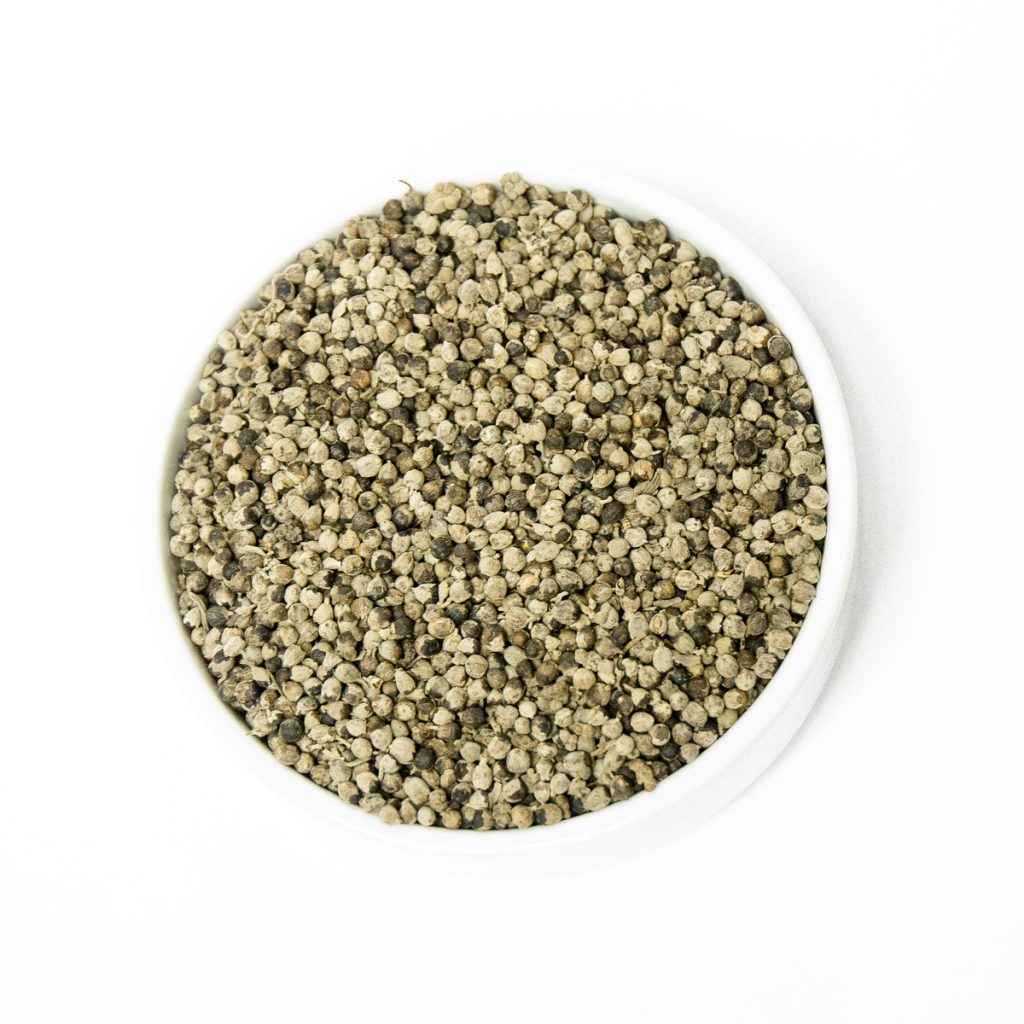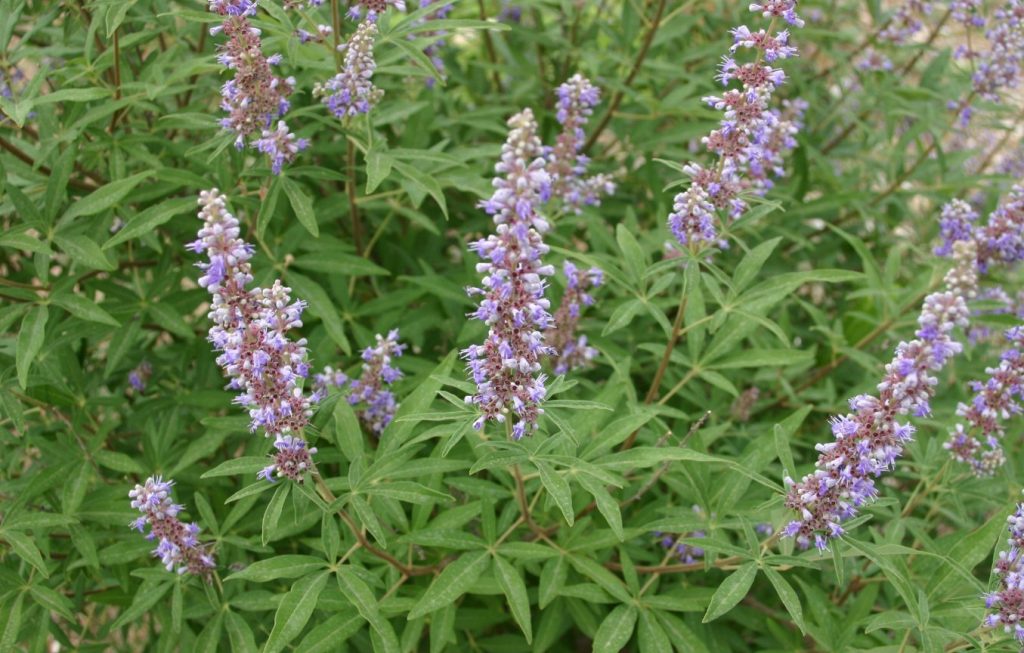Characteristics of Vitex Tea
- Dried Plant
- Natural Product
- Manufactured by Chá e Cia
- Ships within 24 business hours
- Over 20,000 orders shipped
- 30-day return policy
The Plant
The vitex agnus-castus plant is commonly found in tropical and subtropical regions all over the world. Its scientific name is verbanaceae and it is also known as chaste tree, chaste lamb, chastity flower, and wild pepper tree. Its leaves are long and its flower forms a spike shape in blue, purple, or pink color. This plant is well known for its strong aroma when used fresh.
Its seeds look like roasted black pepper and it is easy to cultivate, even in a small pot or planter. However, when planted in a large area it can grow to the size of a tree, reaching up to 2.8m in height. Only the leaves and seeds are extracted from the vitex agnus plant and are used to make the tea. It is one of the few medicinal plants considered effective and with an action similar to progesterone.
How to Prepare the Tea
The Vitex tea can be prepared in two ways: when fresh, only the leaves should be used. When dried, the bark and seeds can also be used. It is recommended to use 3 heaping tablespoons of the tea for every 1 liter of filtered or boiled water. After boiling the water, lower the heat and add the leaves. They should be covered and left to infuse for 5 to 6 minutes. After this, turn off the heat and keep it covered for 10 minutes or until cool enough to strain and drink. Vitex tea can be consumed 2 to 3 cups per day and can be sweetened to taste.
The use is not recommended for pregnant women and women who are breastfeeding, as well as for those with excessive ovulation. Patients with blood clotting problems should also avoid drinking the tea, since it increases clotting. Children may use it for expectorant purposes, but should not consume more than 200 ml a day. If the tea is being used to support fertility, please note that menstruation may become different from usual.













